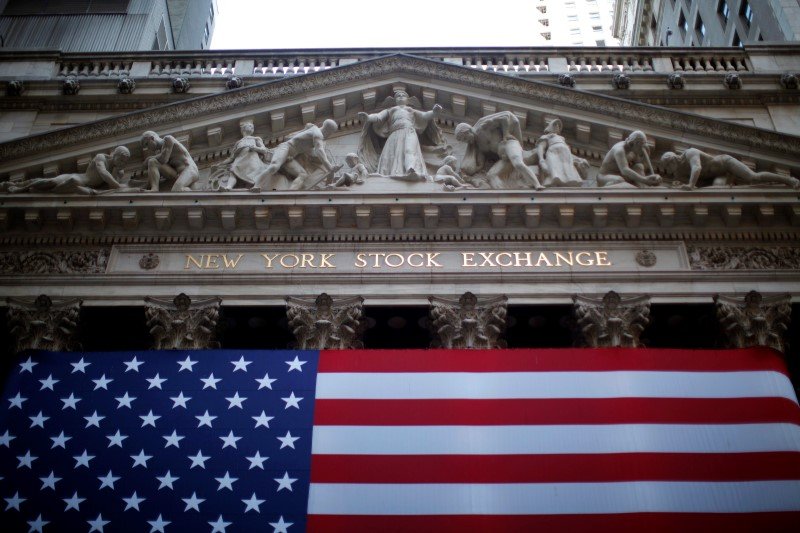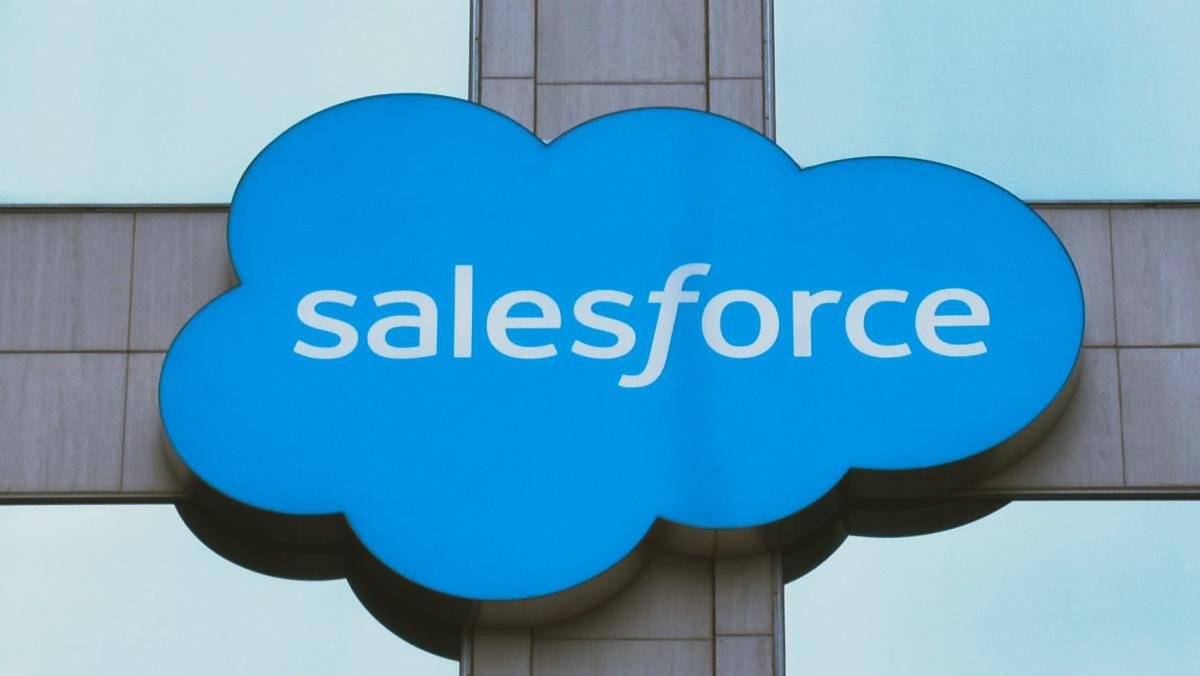What Is the Nielsen Company?
The Nielsen Company is a U.S. information, data, and market measurement firm. It is a private company owned by a private equity consortium led by Evergreen Coast Capital Corp. and Brookfield Business Partners L.P.
Nielsen provides market research and analyses of media and viewer interactions globally. It’s headquartered in New York City, and has offices around the world.
Nielsen attempts to provide its clients with valuable insights into consumer behavior and marketing information. It accomplishes this through data collection and measurement methods that evaluate what consumers watch and buy.
The company is best known for its Nielsen ratings, which measure the audiences for television, radio, and newspapers in media markets.
Key Takeaways
- The Nielsen Company is an information, data, and market measurement firm.
- Nielsen attempts to provide its clients with valuable insights into consumer behavior and marketing information by collecting data that measures what consumers watch and buy.
- The company is best known for its Nielsen ratings, which measure the audiences for television, radio, and newspapers in media markets.
- Investors and companies use Nielsen’s ratings to predict consumer trends.
- With its market research tool, Nielsen also measures the shopping and media behavior of millions of consumers around the world.
Understanding the Nielsen Company
Nielsen’s ratings are used by investors and companies to predict consumer trends. Some of these types of companies (and industries) include television, radio, consumer packaged goods and retail, advertising agencies, internet companies, music, video games, and sports.
History
The company was founded and incorporated by Arthur C. Nielsen Sr. in 1923. In the 1920s, the company began providing analysis of brand-based advertising. In the 1930s, the company extended its analysis to the radio market.
Through the 1940s, it expanded its reporting on the radio market to include the total audience, average audience, cumulative audience, and homes per dollar spent for time and talent for the top radio shows. It stopped radio reporting in 1963 due to the rise in independent radio stations.
Then, in 1950, Nielsen extended its ratings to the television industry using the same techniques that it had used to evaluate radio programming. Nielsen’s methodology is now the standard way to evaluate television, radio, and newspaper audiences around the world.
In 1996, Nielsen split off its rating operations into a separate company, called Nielsen Media Research (NMR). The latter operated as an independent company until it was acquired by the Dutch conglomerate Verenigde Nederlandse Uitgeverijen (VNU) in 1999.
Through its National Consumer Panel (NCP), the company’s market research tool, Nielsen also measures the shopping and media behavior of millions of consumers around the world. NCP tracks all retail and grocery store purchases by consumers, which allows researchers to link purchasing habits to household demographic data.
Arthur C. Nielsen Sr., the founder of the Nielsen Company, helped pioneer key market research tools, including the concept of market share, by going beyond conventional consumer questionnaires and having auditors actually survey store shelves and accounting books to determine sales patterns.
Nielsen’s Financials
Between 2006 and 2011, Nielsen was a private company. On Jan. 25, 2011, the company issued an initial public offering (IPO) that raised an estimated $2 billion. At the time, it was the largest private equity-backed U.S. IPO. Nielson is listed on the New York Stock Exchange (NYSE) and became a component of the S&P 500 in 2013.
On Aug. 31, 2015, Nielsen N.V., the aforementioned Dutch public company, merged with Nielsen Holdings plc (by way of a cross-border merger under the European Cross-Border Merger Directive). Nielsen Holdings plc was the surviving company.
The company became private again in 2022 when it was purchased by a consortium of investors.
According to the last 10-K filed, on December 31, 2021, Nielsen announced that its net income from continuing operations increased 75% to $559 million (compared to $203 million from the previous fiscal year).
Revenue was $3.5 billion, a small increase from the previous year of $3.36 billion. Adjusted EBITDA was $1.49 billion, compared to $1.41 billion the previous fiscal year.
What Type of Marketing Researcher Is Nielsen?
Nielsen measures media audiences, including for television, radio, theatre, films, and newspapers.
How Does Nielsen Make Money?
Nielsen makes its money by selling its data, as well as its services, which include analytics, consulting, and reporting.
What Is a Nielsen Family?
Nielsen asks certain individuals to be part of its company panels. Panels are made up of individuals that have the same traits (like race, gender, etc.). These are Nielsen Families—also known as Nielsen Homes or Nielsen Households. Nielsen measures what Nielsen Families watch on television and listen to on the radio. Then, Nielsen uses this data to produce its ratings.
How Much Do Nielsen Families Get Paid?
Individuals do not get paid a financial amount to participate as a Nielsen Family. However, they do receive gifts for their continued participation.
Is the Nielsen Consumer Survey Legitimate?
Nielsen Consumer Surveys are legitimate. Nielsen may send mail to your homes with an invitation to complete short surveys on television viewing. These surveys can be completed online, filled out and returned via mail, or done over the phone.
The Bottom Line
Neilsen is a privately-owned U.S. company with a history dating back to the early 1920s. It continues as it began, a company that researches and measures interactions between audiences and media. Many types of companies and investors use its data to try to determine consumer trends.
Nielsen earns revenue by selling the data it collects (as well as related services). The company pioneered many market research methods and today also measures the behaviors of millions of shoppers throughout the world.

















